
The first job my grandfather got when he came to Detroit was as a steward on the Detroit and Cleveland fleet. His friend Cliff Graham worked as a waiter on the same fleet.
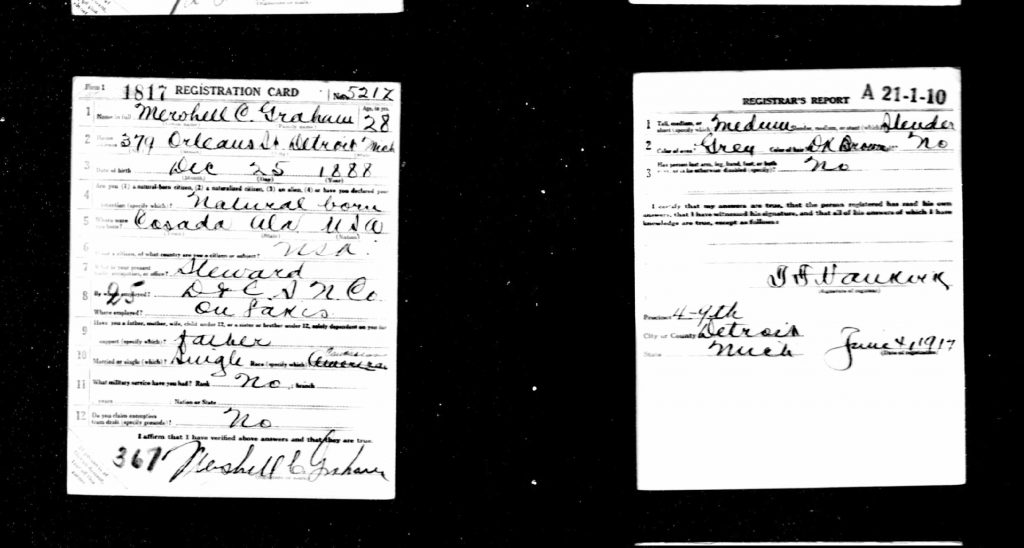
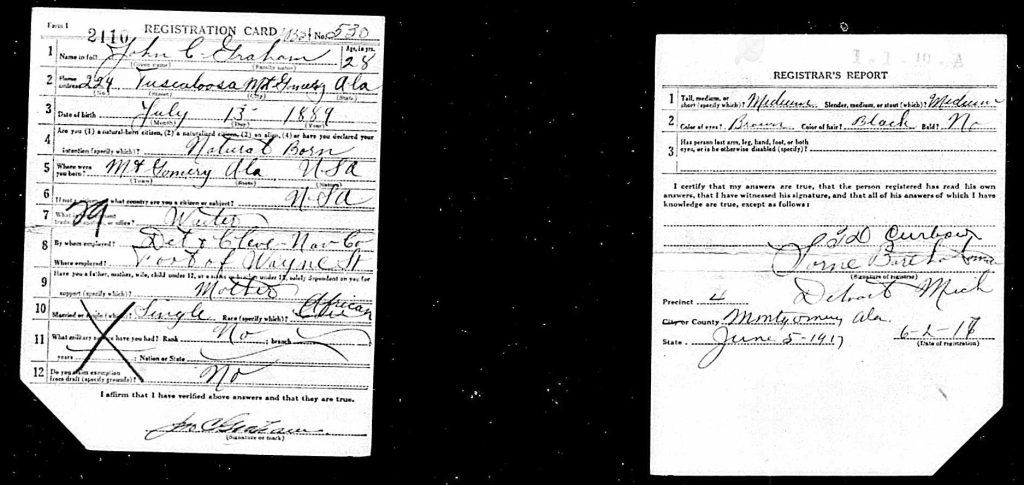
Traffic on D. & C. Route Increases
Two Boats on Cleveland Run Handle Larger Business Than at Start Last Year.
Yearly season Passenger traffic between and Cleveland this year have been somewhat in excess of the business carried on during the similar period a year ago, according to officials of the Detroit & Cleveland Navigation company.
The two boats of the line covering the route, the Easter States and the Western States, have been in operation since April 2. Besides an increase in passenger business the line has handled large shipments of automobiles and trucks in addition to the usual amount of package freight.
“W are now carrying about 50 more passengers on a trip than we did last year.” says A. A. Schants, vice-president and general manager. “To meet the increased operating costs we must do more business this year than ever before. With the larger boats in operation early in the season our costs are higher, but we feel that the prospects for a large passenger and freight business have justified this policy.

Passenger Boat Rams Freighter
On her way down the Detroit river bound for Cleveland, the Eastern States of the D. & C. fleet collided with an upbound freighter opposite Ecorse about midnight.
The freighter, formerly the Pioneer, now the Natironco, was damaged to such an extent that she was put on the bottom.
The bow of the eastern States was considerably damaged and she was brought back to Detroit, arriving a out 2 a. m.
People on the Eastern States made the assertion that the freighter was seemingly improperly lighted, her lights not showing clearly.
Part of the crew of the Natironco were taken aboard the Eastern States by Captain Lee C. C. Nike. The others made their way ashore in the steamer’s yawl.
__________
On May 10, 1918, my grandfather started work at the Ford Motor Company.
Other posts about my grandfather’s move from Montgomery, Alabama to Detroit, Michigan
Prologue: Montgomery
Bound For the Promised Land
The Land of Hope
One Way Ticket
The Steamer “Eastern States” – 1917
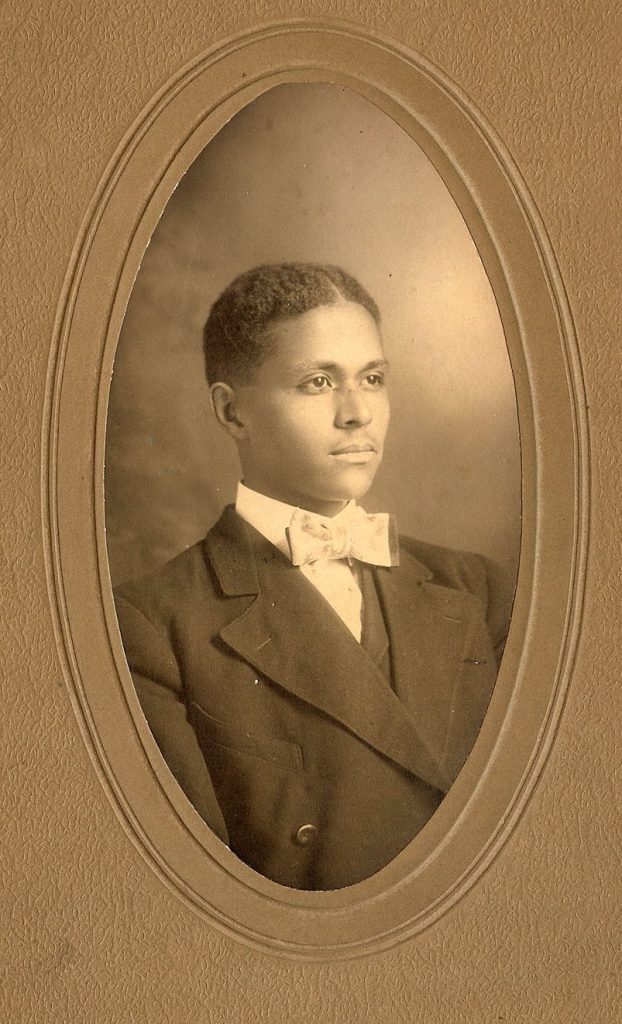
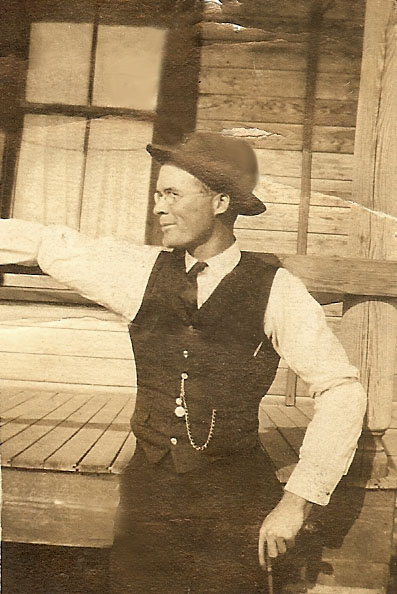
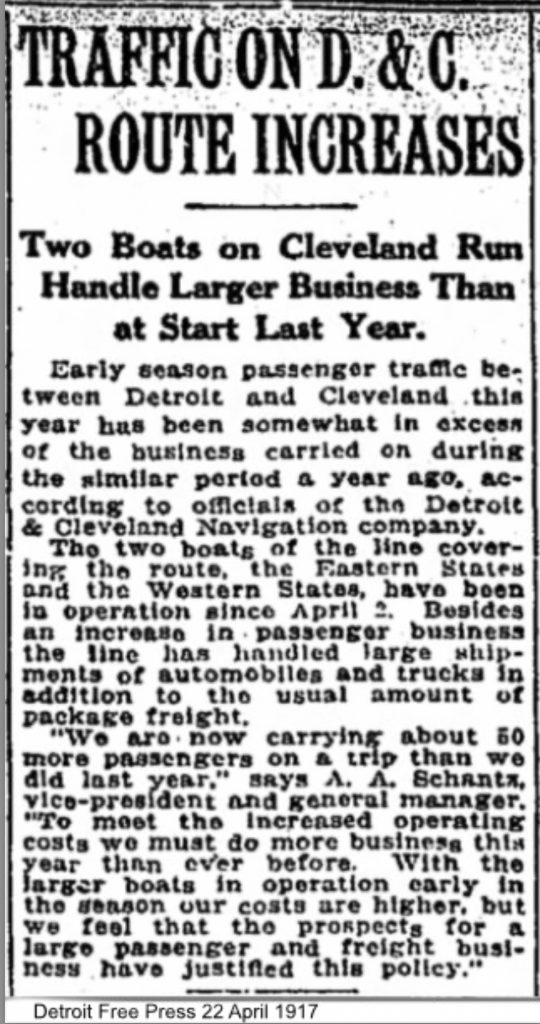
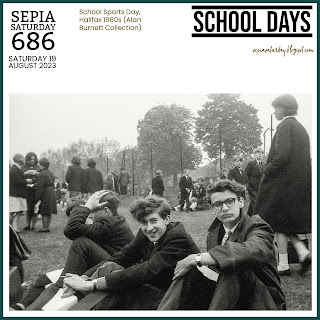
Wow! Exciting!
Why did this event not get told when I was growing up?
Just a little boat ride, eh? That was a story that somehow your grandfather didn’t share with you? Perhaps he hadn’t been on duty that night? But still… and the next year he started working at Ford. May well have had some bearing on that decision.
I only remember two stories my grandfather told me about himself. One was about his younger brother and himself digging and eating sweet potatoes while they had measles.
The other was that he didn’t feel very cold his first winter in Detroit until he saw what the temperature was.
The wreck might have been one reason he left the shipping line. Also, they were seasonal and Ford probably paid much better.
I’ve always been fascinated by the steamship lines that used to be part of America’s transportation system. The shorter runs on the Great Lakes may have seemed safer than those crossing an ocean but they still had dangerous risks like any large vessel. I wish they were still in operation.
Thanks for your comment on my post this week, Kristin. I’ve changed my wording in that sentence. As I was preparing my story, I ‘ve been reading a history of this era, American Midnight: The Great War, a Violent Peace, and Democracy’s Forgotten Crisis by Adam Hochschild. It a superb book about a very dark time in America. The description of the Chicago riot of 1919 was particularly disturbing. Though my photo has no connection to it, I felt that the people in it likely would have vivid memories of that traumatic summer.
I would have liked to travel on a great lakes steamship or even take one of the ferries that run (or used to run) between Michigan and Wisconsin. I never did though. As to safety, we must remember the Edmund Fitzgerald and it’s tragic sinking during the storm.
I remember reading about that horrific Chicago violence when I was reading about the red summer. I’m positive the people in that photo would have remembered it and may have been directly affected by it.
I lived in Buffalo, N.Y., for several years thereafter, during which time I knew someone who was a chef on board the Great Lakes freighters. It seemed such an unusual job, but reading your post it seems that working on Great Lakes boats was clearly a regular occupation for many. Also, our grandfathers were around the same age. My dad’s father was born in April 1888. And I am fascinated by how similar these employment documents are to the later draft registration cards — happily for those of us researching our family histories!
Those were the first world war draft cards! I showed them because they gave the employment. Back in the day, it was like working on the trains, except it was more seasonal.
That collision would have been rather unsettling enough in daylight, but in the dark, it must have been pretty scary. Yikes.
Must have been terrifying!